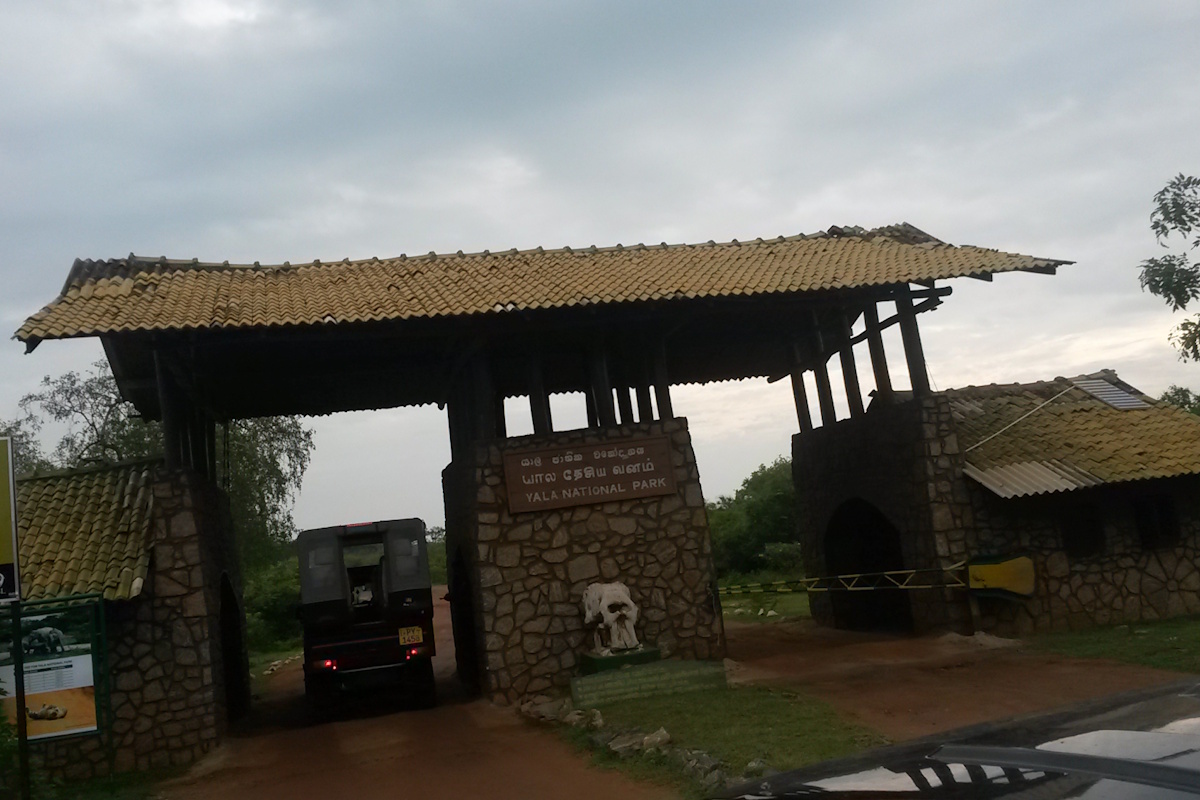
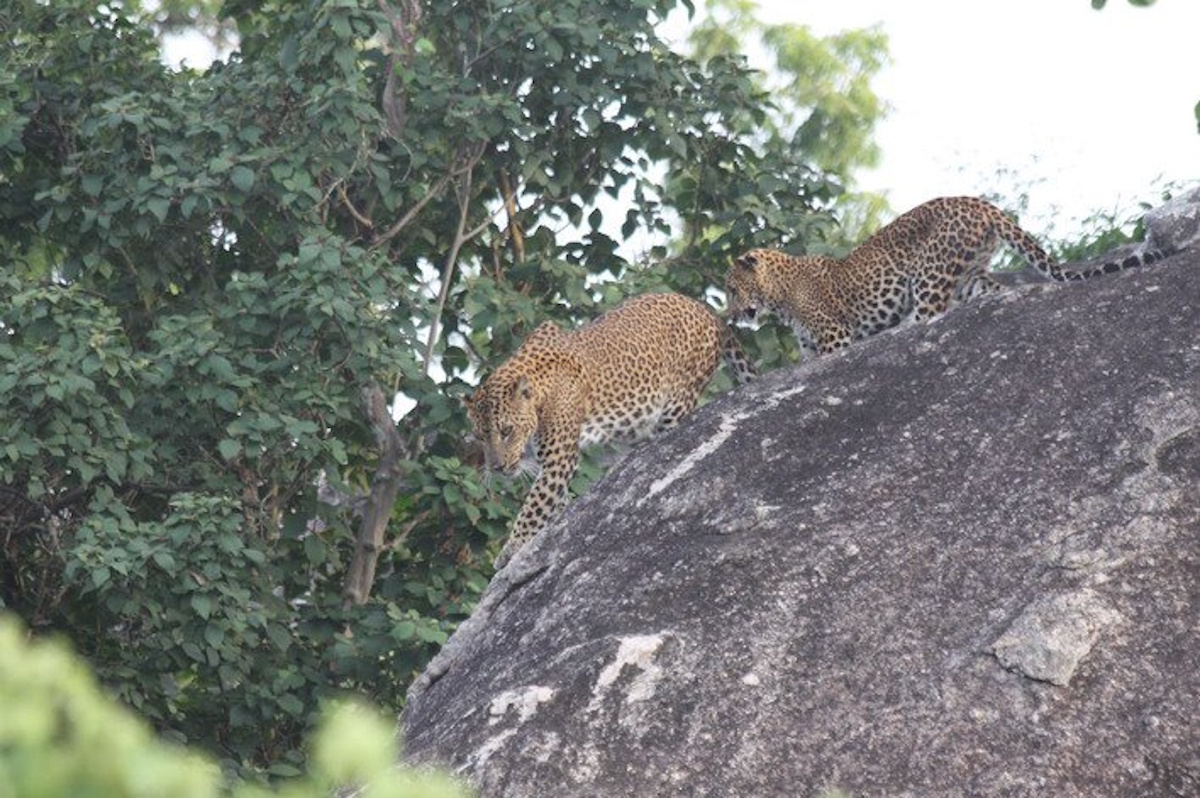
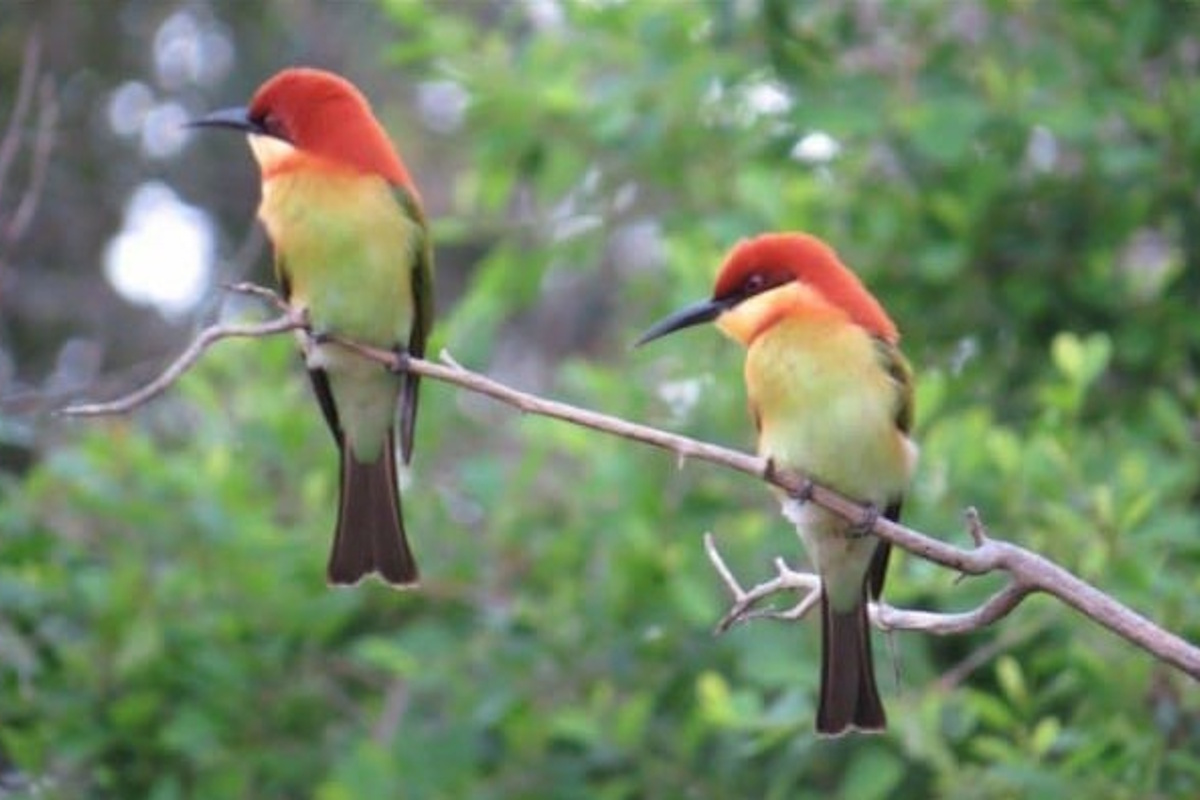
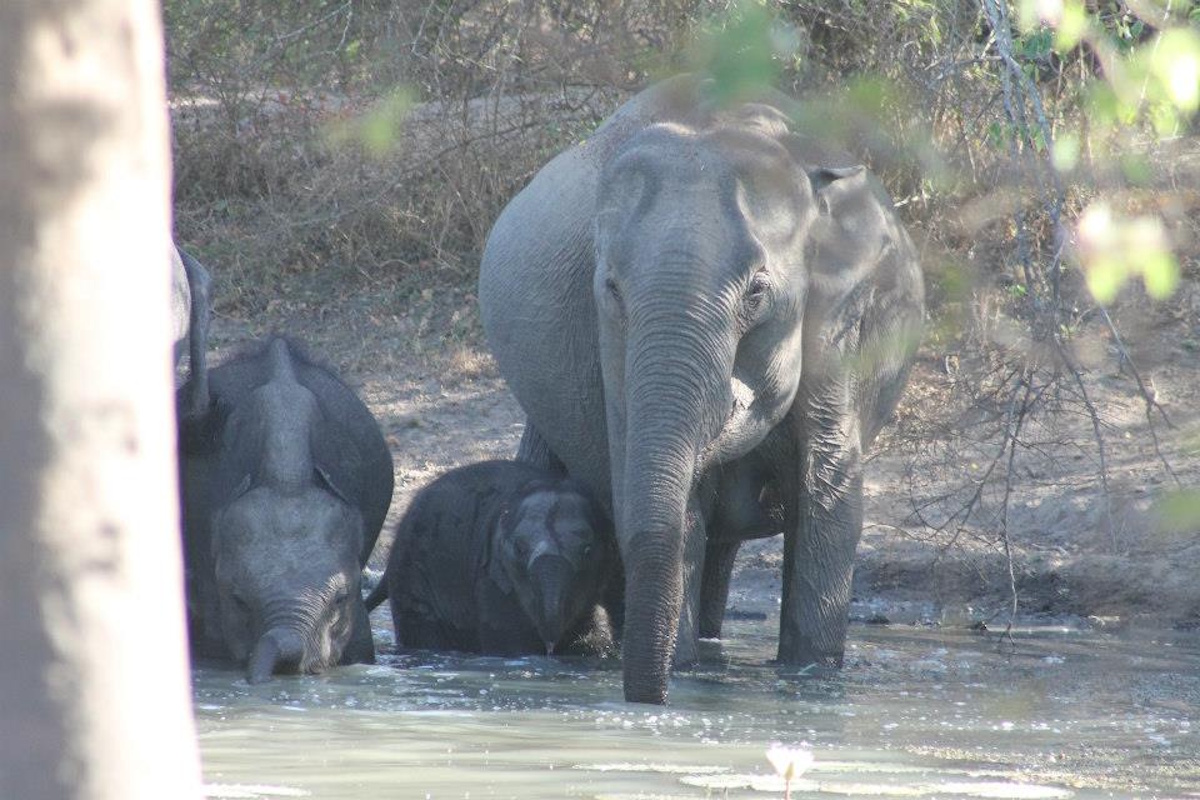
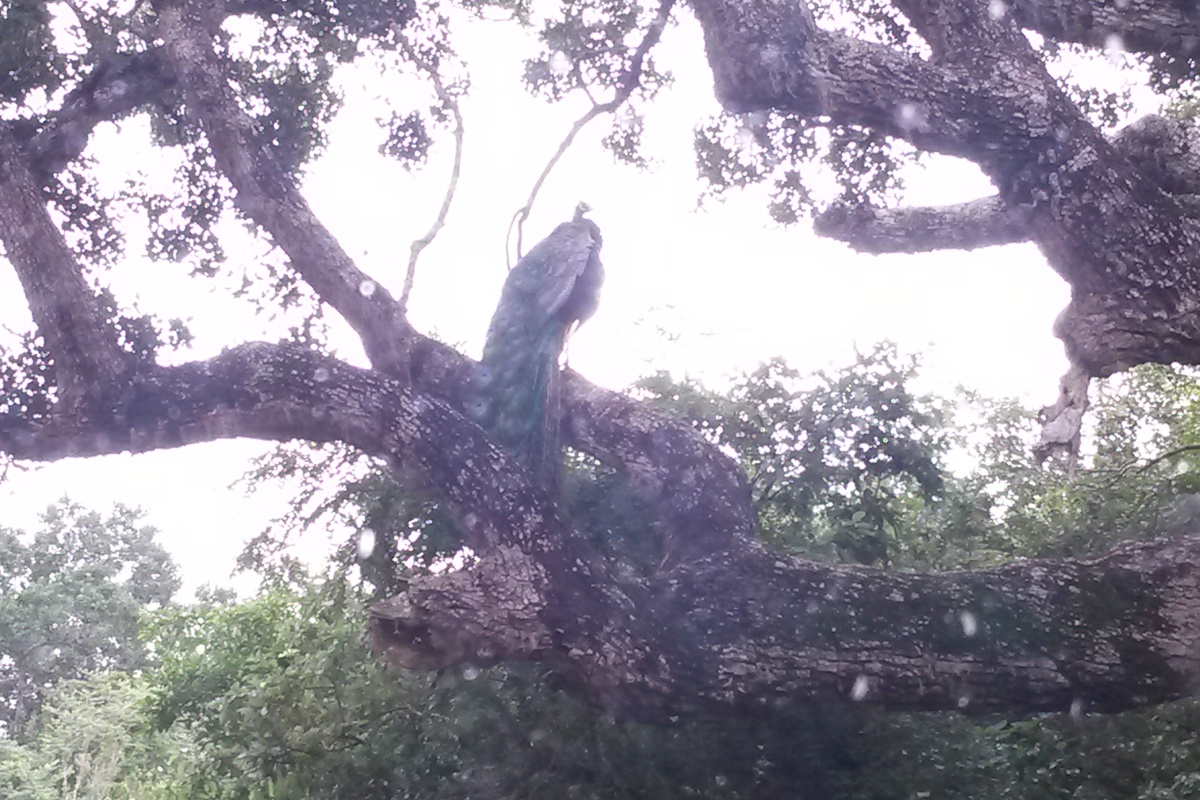
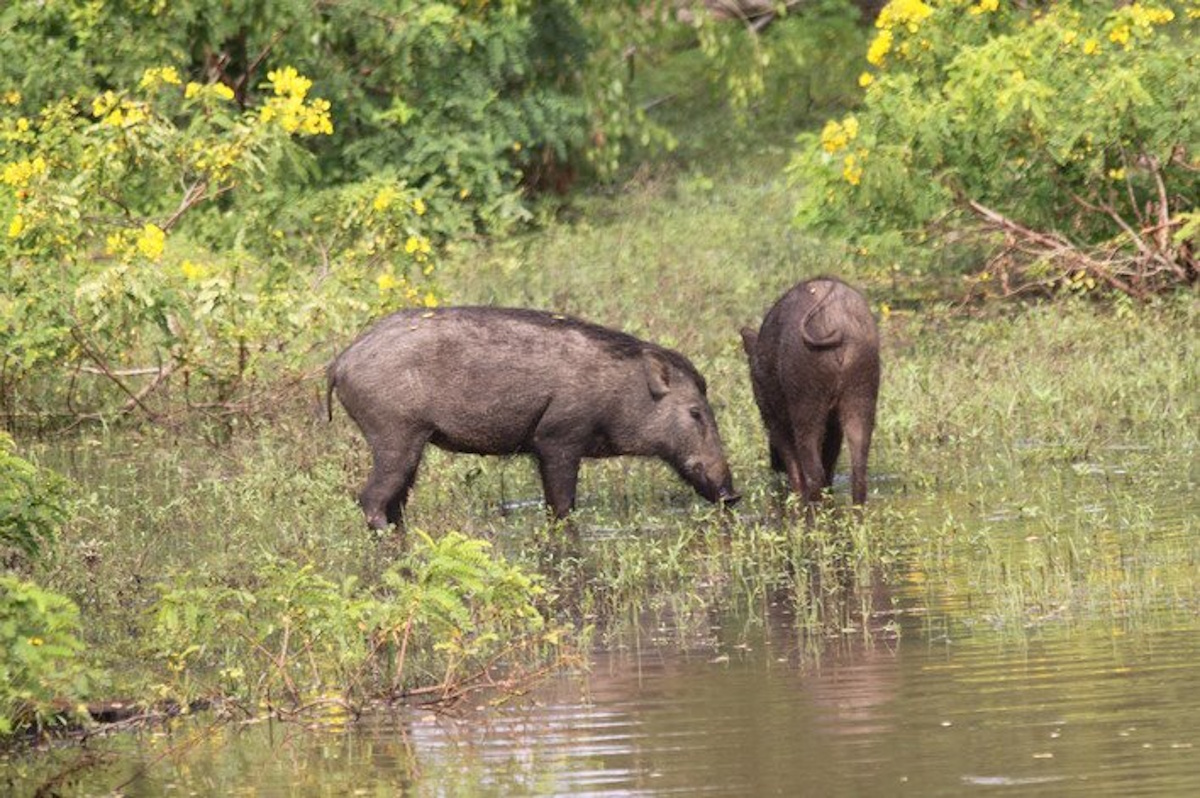
Yala’s story stretches back to precolonial times, with Spanish cartographer Cipriano Sánchez noting its abandonment in 1560 and Sir Alexander Johnston documenting it in 1806. On 23 March 1900, the government proclaimed the Yala and Wilpattu reserves under the Forest Ordinance, covering some 389 km² between the Menik and Kumbukkan Rivers, with Henry Engelbrecht appointed as the first warden. The Fauna and Flora Protection Ordinance elevated Yala to national park status on 1 March 1938, and successive additions through 1973 expanded it into today’s five‐block complex .
Yala spans 978.8 km² across Southern and Uva Provinces, roughly 300 km southeast of Colombo. The landscape is a low peneplain of Precambrian metamorphic rock, with elevations from sea level to 100–125 m and soils ranging from reddish-brown to humic grey. Situated in a dry semi-arid zone, Yala receives 500–775 mm of rain annually—primarily during the northeast monsoon—and temperatures fluctuate between a January low of 26.4 °C and an April high of 30 °C .
Three main public gates serve Yala’s safari blocks:
Palatupana Gate (Block I): 41 km from Kataragama; busiest access, famed for high leopard sightings.
Katagamuwa Gate (Block III): 14 km from Kataragama; quieter southern entry.
Galge Gate (Block V): 30 km from Kataragama on the Buttala–Kataragama Road; less congested access to northern blocks.
A fourth, lesser-used West Gate provides entry for research and management traffic .
Yala is Sri Lanka’s most-visited national park, with three of its five blocks open to tourism (I, III, V) to safeguard sensitive zones. In 2002, c.156,867 visitors (30% international) explored Yala; numbers have climbed steadily since 2009 as security stabilized. Safaris operate in two daily windows (06:00–10:00 and 14:00–18:00), with a mandated 12:00–14:00 midday closure to reduce wildlife disturbance .
Yala’s habitats encompass moist and dry monsoon forests, semi-deciduous thorn forests, pelessa grasslands, marshes, mangrove-lined lagoons, and sandy beaches. Block I features extensive rangelands and pelessa grasslands, while the Buthuwa and Menik River estuaries support Rhizophora mucronata, Sonneratia caseolaris, Avicennia spp., and Aegiceras corniculatum mangroves. In Blocks III–V, forest canopies are dominated by Drypetes sepiaria and Manilkara hexandra, with grasses like Cynodon barberi and Zoysia matrella along shores. Over 300 plant species have been recorded, including Ceylon satinwood (Chloroxylon swietenia), Terminalia arjuna, neem (Azadirachta indica), and the endemic Glenniea unijuga .
Birds: 215 species, seven endemic (e.g., Sri Lanka grey hornbill, junglefowl, wood pigeon), plus 90 waterbirds (lesser whistling duck, painted stork) and migrants such as the great white pelican .
Mammals: 44 species, including 300–350 Sri Lankan elephants, one of the world’s highest leopard densities (c.25 in Block I), sloth bear, wild water buffalo, toque macaque, red slender loris, and fishing cat .
Reptiles: 47 species, with endemics like the Sri Lankan krait and all five endangered sea turtles, plus mugger and saltwater crocodiles .
Amphibians, Fish & Invertebrates: Eighteen frogs (e.g., Bufo atukoralei), 21 freshwater fish, and diverse invertebrates (crabs, prawns, butterflies such as the common bluebottle) complete the faunal mosaic .
Adjacent conservation areas and cultural sites enrich the Yala experience:
Kumana National Park (‘Yala East’) and Lunugamvehera National Park act as critical bird refuges and elephant corridors in the wider landscape .
Bundala National Park, a Ramsar wetland 70 km west, hosts over 200 waterbird species, including migratory sandpipers .
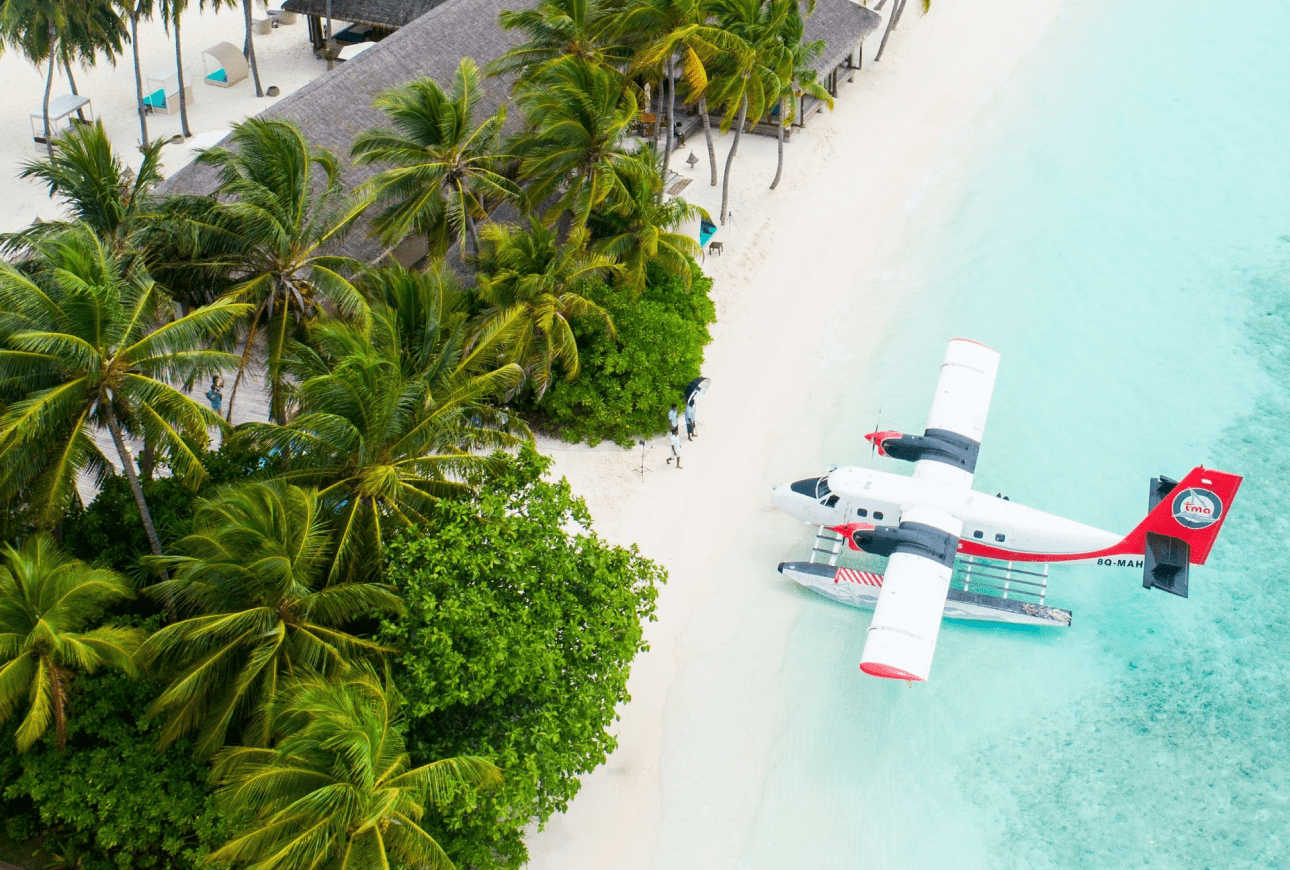
Subscribe to see secret deals prices drop the moment you sign up!